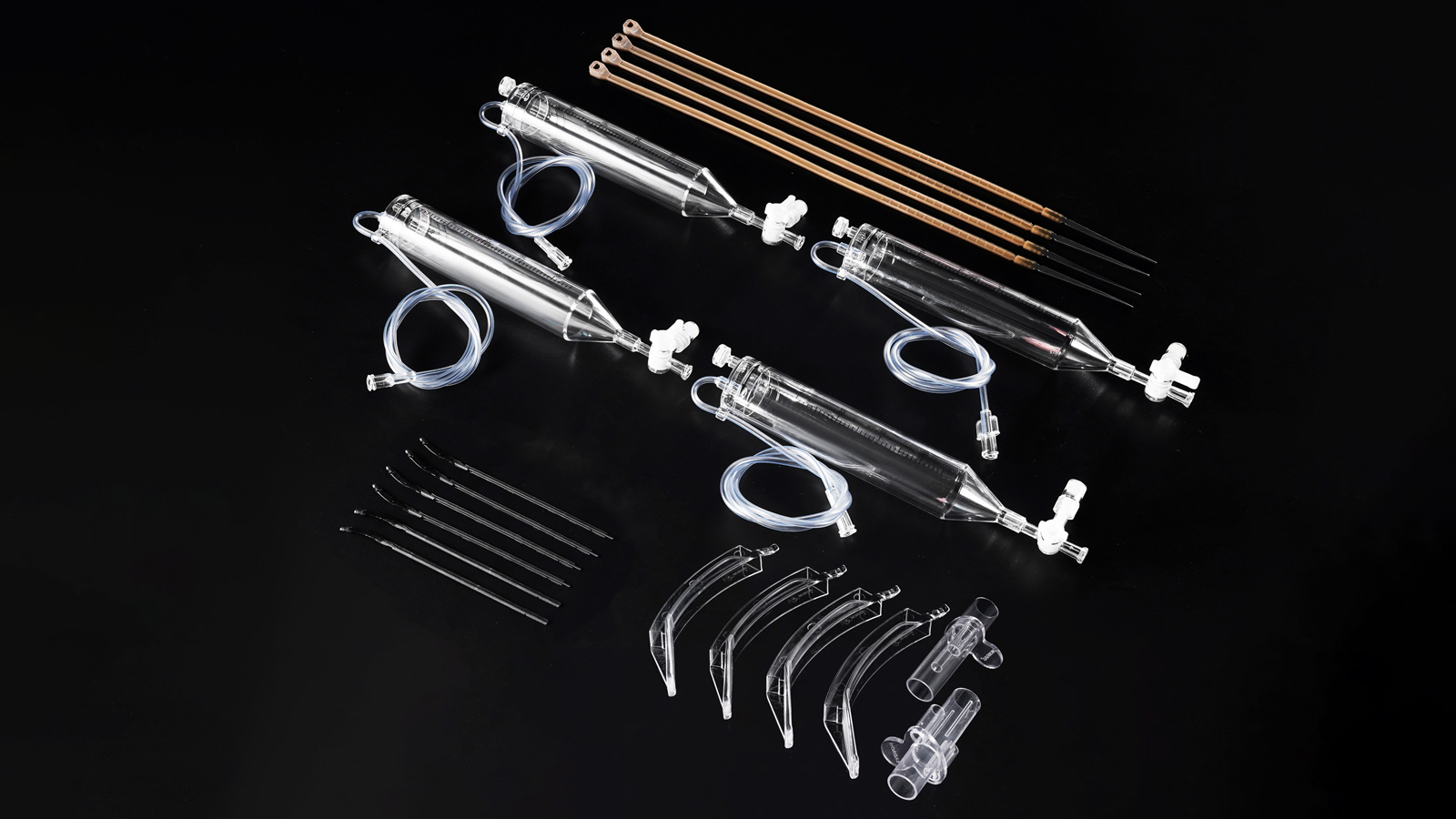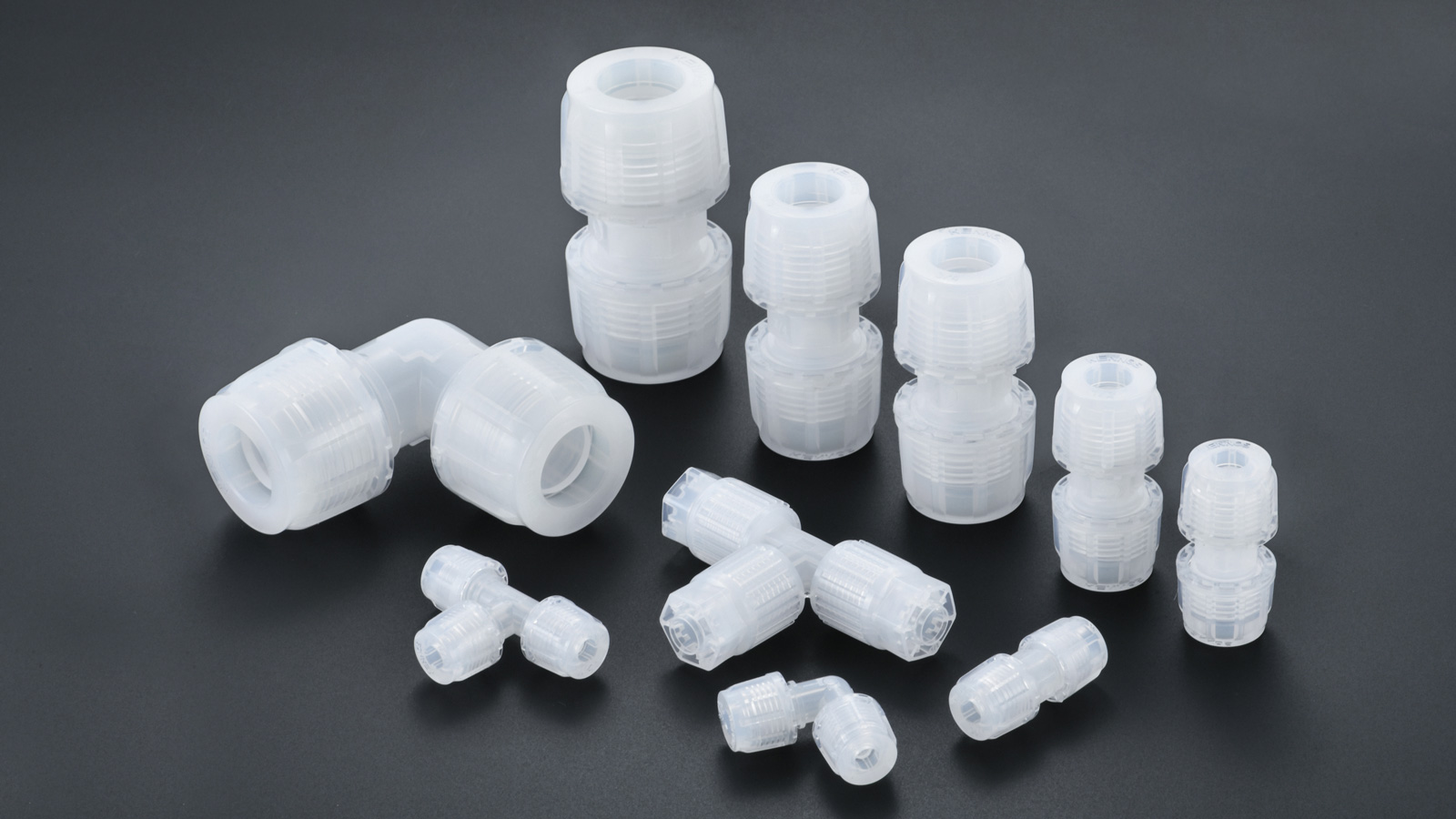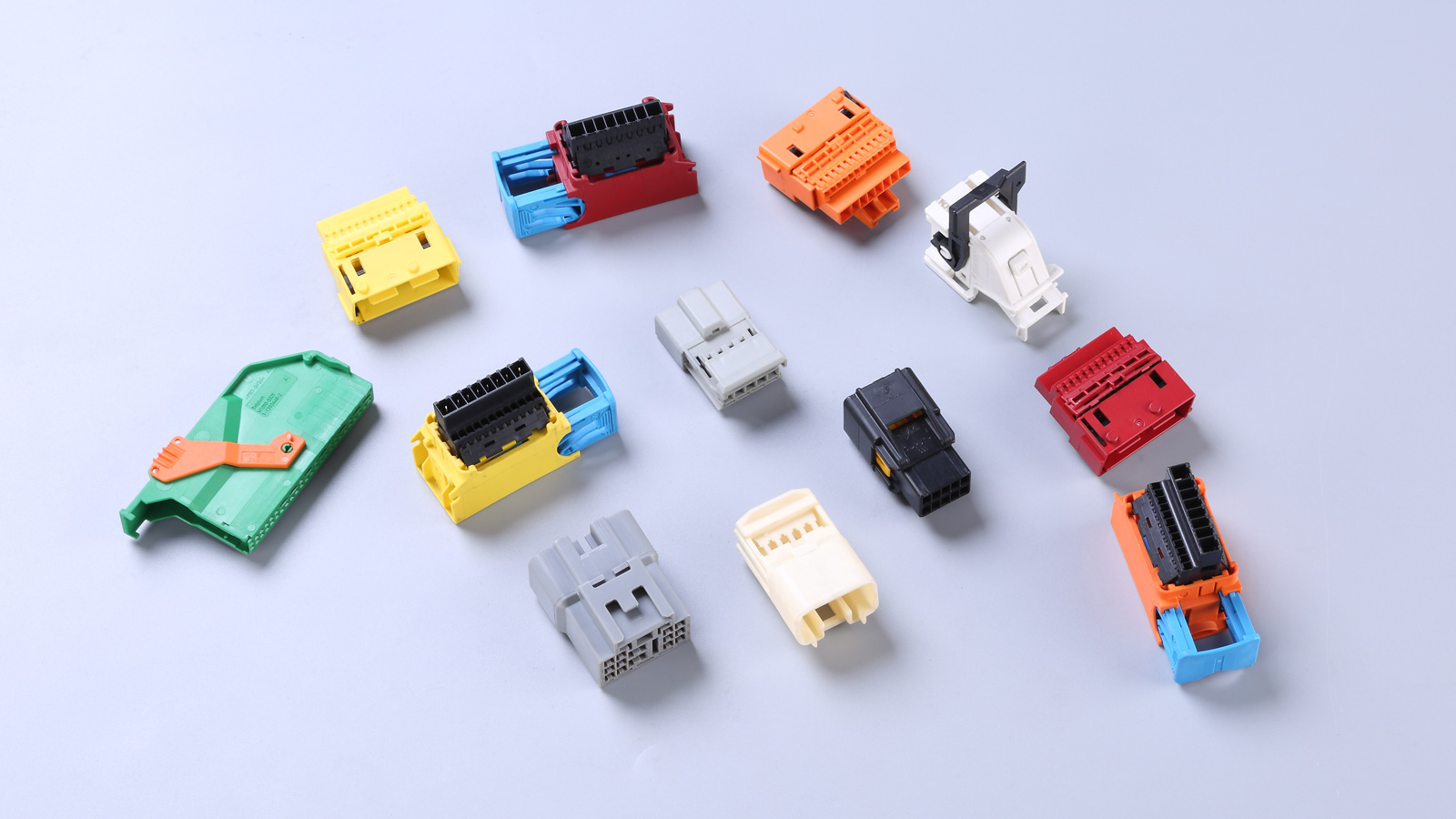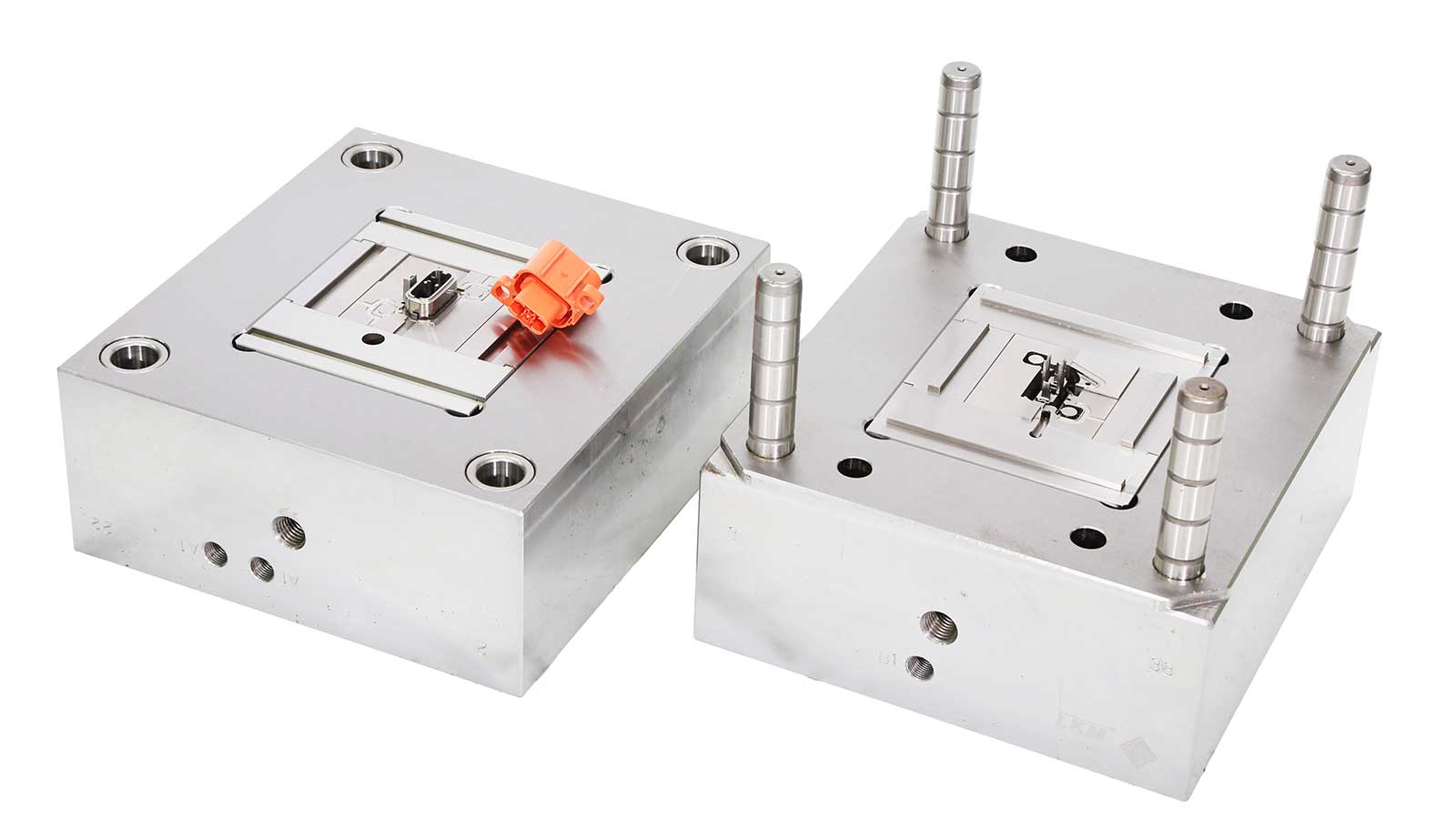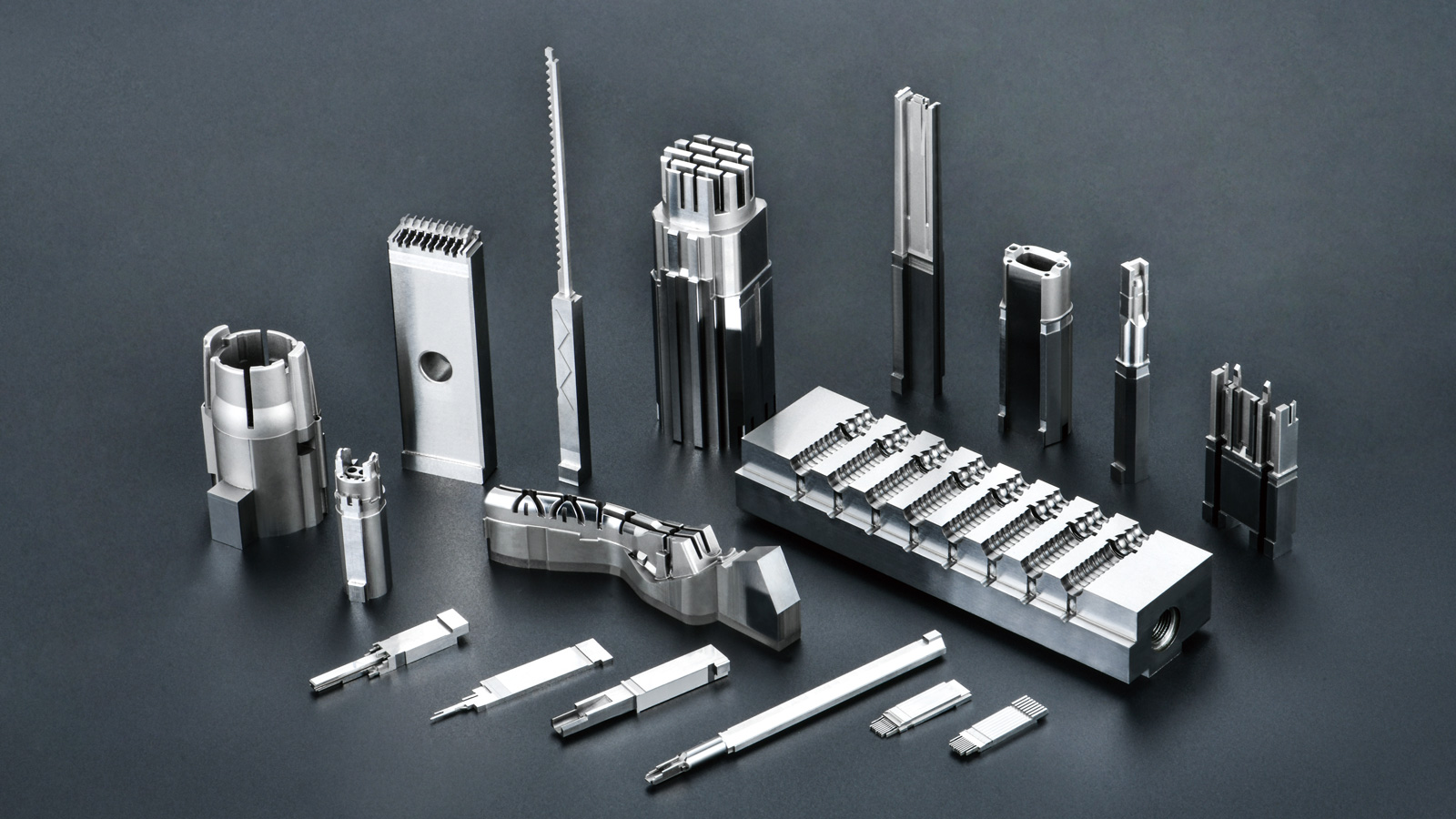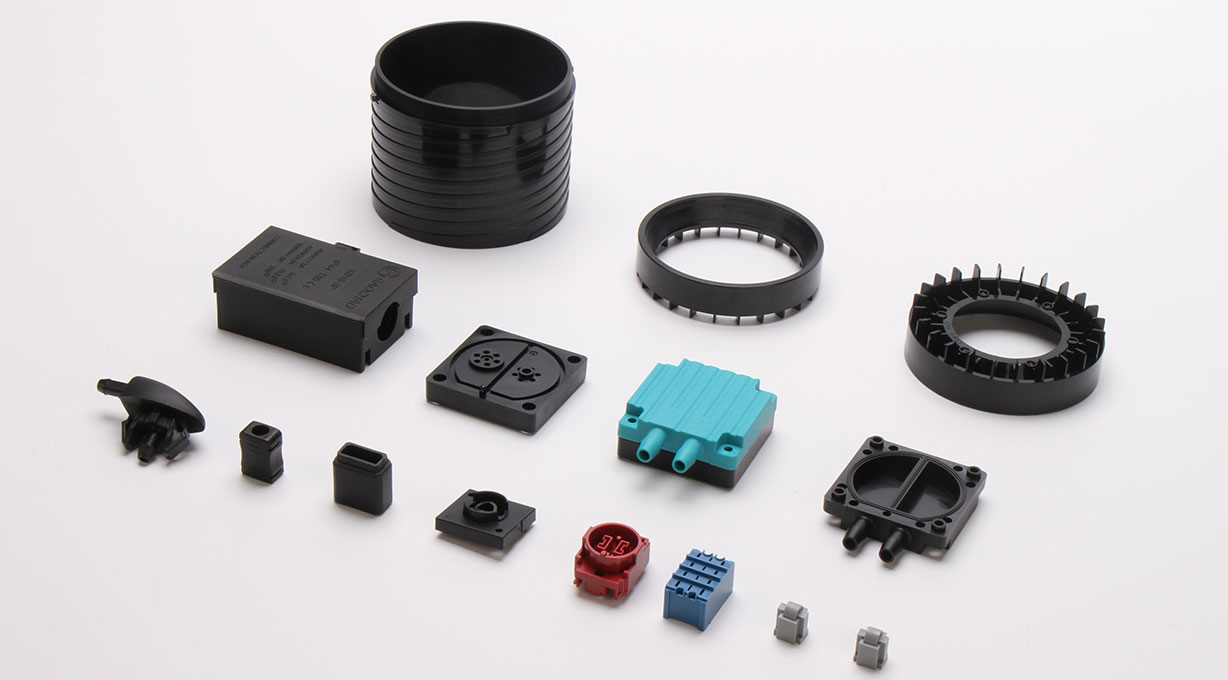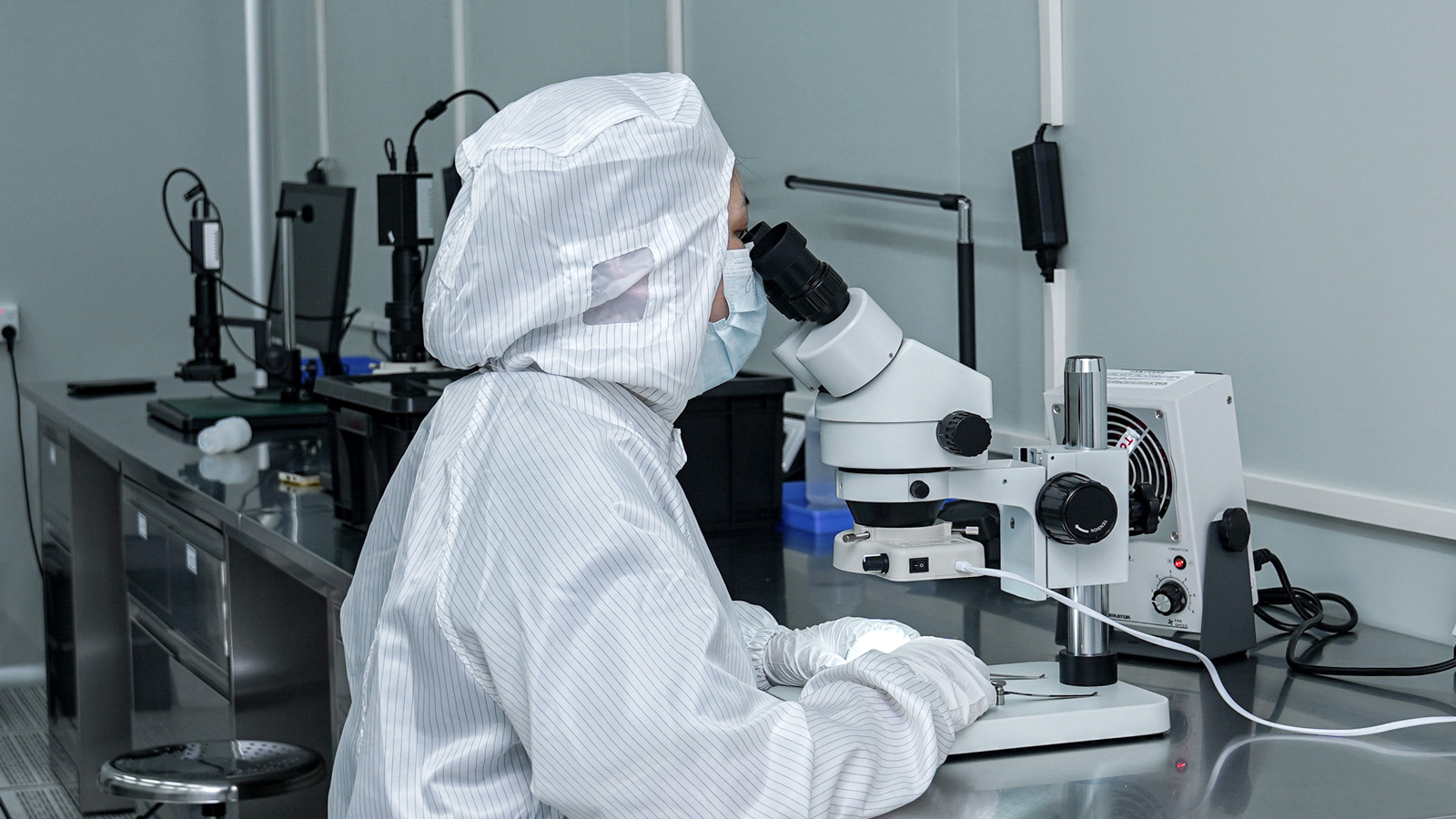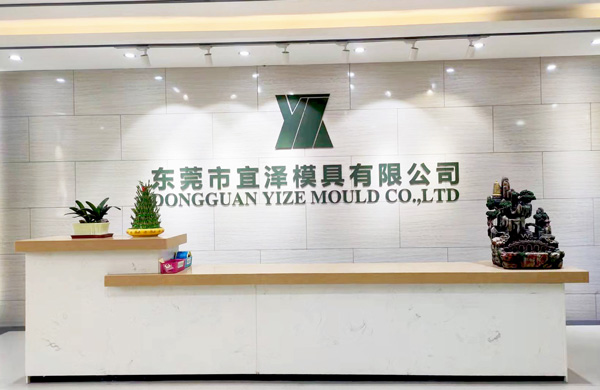In the field of injection mold manufacturing, reasonably selecting injection mold steel is a complex yet crucial engineering task. It is closely related to the service life of the mold and the cost of injection molds. Choosing the right mold steel is like laying a solid foundation for the mold, ensuring its stable performance during long-term use, saving costs, and enhancing benefits for enterprises. So, how exactly should we select the appropriate injection mold steel? This requires a comprehensive consideration from multiple aspects.
Classify Molds According to Service Life to Determine Material Selection Direction
Molds are generally classified into five grades based on their service life, and each grade of mold has varying requirements for steel.
- Grade 1: Molds with a service life exceeding one million cycles. These molds are often used in large-scale, high-frequency production scenarios and have extremely stringent requirements for the performance of steel. They need to possess extremely high wear resistance, strength, and toughness to withstand long-term high-intensity work.
- Grade 2: Molds with a service life ranging from 500,000 to one million cycles. They are suitable for projects with relatively large production volumes and long production cycles. When selecting materials, it is necessary to balance wear resistance, strength, and toughness to ensure stable mold performance over a relatively long period.
- Grade 3: Molds with a service life between 300,000 and 500,000 cycles. They are commonly used in medium-scale production. In terms of material selection, performance and cost can be effectively balanced, allowing for the choice of cost-effective steel.
- Grade 4: Molds with a service life from 100,000 to 300,000 cycles. They are mostly used for small-batch production or scenarios where the mold accuracy requirements are not extremely high. During material selection, more attention can be paid to cost factors while ensuring that the mold meets basic usage requirements.
- Grade 5: Molds with a service life below 100,000 cycles. These molds are usually used for trial production or temporary production and have relatively low requirements for the performance of steel. Some economical steel can be selected.
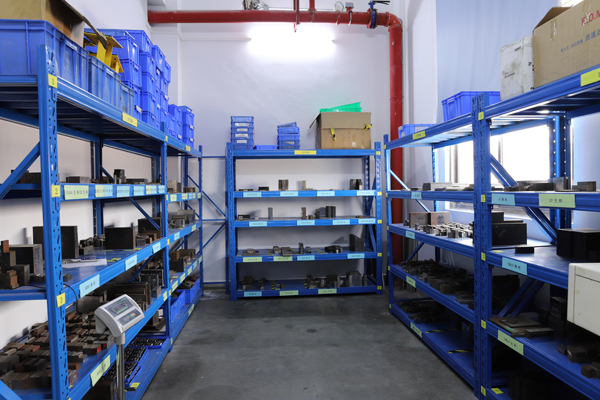
Understand Steel Properties to Match Mold Requirements
- Surface Hardness and Wear Resistance: The “Sturdy Coat” of the Mold
The surface roughness, dimensional accuracy of plastic parts, and the service life of injection molds are all closely related to the surface hardness and wear resistance of the mold, especially the molding surfaces of the mold such as the core and cavity. For small plastic molds, high-carbon high-alloy steel can be selected. This type of steel has high hardness and wear resistance, effectively resisting wear during the plastic molding process and ensuring the accuracy and service life of the mold. For large plastic molds, cemented carbide (tungsten carbide) or carburized steel can be a good choice. Carburized steel can be hardened through heat treatment to obtain high wear resistance and extend the mold’s service life. - Strength and Toughness: The “Internal Support” of the Mold
Injection molds, especially large and medium-sized injection molds or those with complex cavity shapes, are subject to significant molding pressure during the injection process. This requires the steel to have sufficient strength and toughness to prevent problems such as fracture and deformation during mold use and ensure that the mold can stably complete the injection molding task. - Machinability: The “Plastic Talent” of the Mold
Most injection molds require a certain amount of machining and datum work. To extend the service life of cutting tools, improve cutting performance, and reduce surface roughness, the steel for plastic injection molding must have appropriate hardness to achieve the necessary precision and surface roughness. - Low Heat Treatment Distortion: The “Stability Factor” of the Mold
Injection mold components usually have complex shapes and are difficult to machine after quenching, or even impossible to machine at all. Therefore, steel with low heat treatment distortion should be selected. This can reduce or eliminate the need for further machining of injection mold components after heat treatment, thereby ensuring the dimensional accuracy and surface quality requirements of plastic molds and avoiding mold scrap or rework due to heat treatment distortion. - Corrosion Resistance: The “Protective Armor” of the Mold
Plastics and additives have a chemical corrosive effect on the surface of steel, especially in the injection molding process of some special plastics where the corrosion problem is more prominent. Therefore, the selected mold steel should have a certain degree of corrosion resistance to prevent corrosion on the mold surface, which could affect the mold’s service life and the quality of plastic parts. - Polishing Performance: The “Smooth Secret” of the Mold
To obtain smooth plastic parts, the surface roughness of the mold cavity should be small. Therefore, the mold cavity must be polished to reduce its surface roughness. The selected steel should not have rough impurities and pores, and should not develop pitting or orange peel defects during polishing.
Reasonably selecting injection mold steel requires a comprehensive consideration of the mold’s service life, various properties of the steel, and actual production requirements. Only by accurately grasping these key points can we select the most suitable mold steel, lay a solid foundation for the manufacturing and use of injection molds, and help enterprises stand out in the fierce market competition.
